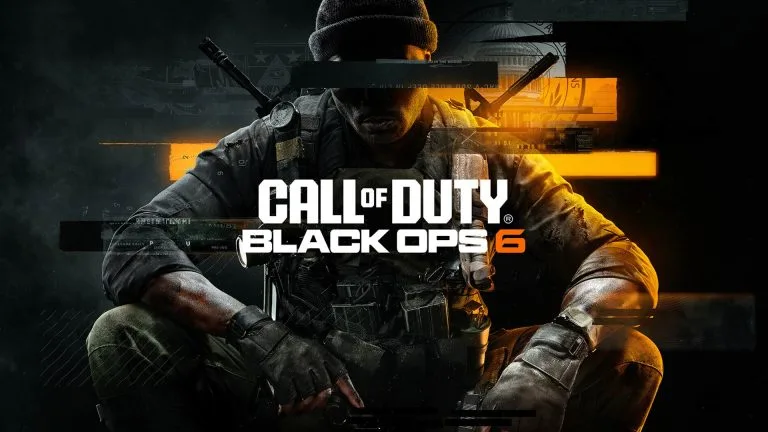The Call of Duty franchise has long been celebrated for its immersive storytelling, engaging gameplay, and intricate depiction of historical and fictional conflicts. As one of the most anticipated entries in the series, Call of Duty: Black Ops 6 ventures into untapped historical periods and speculative scenarios. This article explores the historical accuracy of the game, its liberties with factual events, and the balance it strikes between realism and entertainment.
The Premise of Call of Duty: Black Ops 6
Call of Duty: Black Ops 6 continues the legacy of intertwining real-world events with fictional narratives. Set in the late 20th and early 21st centuries, the game spans multiple geopolitical conflicts, focusing on covert operations, political intrigue, and advanced military technology. The developers claim that Black Ops 6 draws inspiration from real-world events, but the line between historical fidelity and creative interpretation is often blurred.
Historical Context and Settings
The campaign mode of Black Ops 6 spans several decades, covering significant historical periods such as:
- The Cold War’s Aftermath (1980s-1990s): The game depicts covert operations during the collapse of the Soviet Union, portraying espionage and political instability.
- The Global War on Terror (2000s): Missions set in Afghanistan and Iraq reflect the chaotic environments of the post-9/11 era.
- Speculative Future Conflicts (2020s): These missions take creative liberties, imagining scenarios like cyberwarfare between global superpowers.
While the game incorporates real locations and historical figures, it also embellishes events for dramatic effect, blending fact and fiction seamlessly.
Accuracy in Depicting Historical Events
1. The Collapse of the Soviet Union
The missions in the early part of the campaign focus on the dissolution of the Soviet Union and the covert involvement of Western powers. Real-world events such as the attempted coup against Mikhail Gorbachev in 1991 are referenced. However, Black Ops 6 introduces fictional factions and secret alliances that didn’t exist, heightening the drama.
- Strengths in Accuracy: The game captures the atmosphere of political unrest, economic turmoil, and espionage during the period.
- Deviations: The inclusion of a secret NATO operation to smuggle nuclear scientists is purely fictional and serves the gameplay narrative.
2. The Post-9/11 War on Terror
The game’s portrayal of the War on Terror is particularly detailed, showcasing missions in real locations like Kabul and Baghdad. It incorporates actual military tactics, vehicles, and weaponry from the era.
- Strengths in Accuracy: The urban combat scenarios and the use of unmanned aerial vehicles (UAVs) mirror real-world strategies.
- Deviations: Fictional terrorist organizations and exaggerated geopolitical stakes detract from historical realism, emphasizing gameplay over accuracy.
Character Representation
The game features a mix of historical figures, fictional characters, and amalgamations of real-world personalities.
- Historical Figures: Figures like George H.W. Bush and Vladimir Putin make appearances, adding authenticity to the narrative.
- Fictional Characters: Protagonists like CIA operatives and rogue military officers drive the story, allowing for creative freedom.
The portrayal of historical figures, while mostly accurate, occasionally falls victim to oversimplification or dramatization for narrative convenience.
Weapons and Technology
The Black Ops series has always prided itself on its detailed and authentic weaponry. In Black Ops 6:
- Period-Specific Weapons: The game features accurate representations of firearms from the 1980s to 2020s, including the AK-74, M16A2, and modern sniper rifles.
- Future Technology: Speculative devices like EMP grenades and AI-powered drones showcase a blend of cutting-edge technology and imaginative innovation.
While these additions enhance gameplay, they sometimes stray from historical feasibility, particularly in speculative missions.
Cultural and Political Sensitivity
A major challenge for games like Black Ops 6 is portraying sensitive historical events responsibly.
- Strengths: The game acknowledges the complexities of global conflicts, portraying multiple perspectives.
- Weaknesses: Certain missions risk oversimplifying or sensationalizing real-world tragedies, potentially leading to controversy.
For example, the game’s depiction of Middle Eastern conflicts avoids specific references to real-world groups like the Taliban, instead using fictional entities to sidestep political backlash.
The Role of Fiction in Historical Games
Black Ops 6 exemplifies the tension between historical fidelity and creative storytelling.
- Benefits of Fiction: Fictional elements allow the developers to craft a more engaging narrative without being constrained by historical accuracy.
- Drawbacks: These liberties can sometimes mislead players, blurring the line between fact and fiction.
Reception and Criticism
Upon its release, Black Ops 6 received mixed reactions regarding its historical accuracy.
- Praise: Critics lauded the game for its immersive environments, detailed depictions of historical periods, and thought-provoking narrative.
- Criticism: Some historians criticized its embellishments and oversights, arguing that the game sacrifices accuracy for entertainment.
Call of Duty: Black Ops 6 Conclusion
Call of Duty: Black Ops 6 is a testament to the franchise’s ability to weave historical events with compelling fictional narratives. While the game succeeds in immersing players in a semi-realistic world, it often prioritizes entertainment over strict adherence to historical facts. For players and historians alike, Black Ops 6 serves as both a thrilling gaming experience and a starting point for deeper exploration of the historical periods it depicts.
By balancing accuracy and fiction, Black Ops 6 underscores the evolving relationship between history and interactive media, offering insights into the past while sparking curiosity about what might have been.



Comments